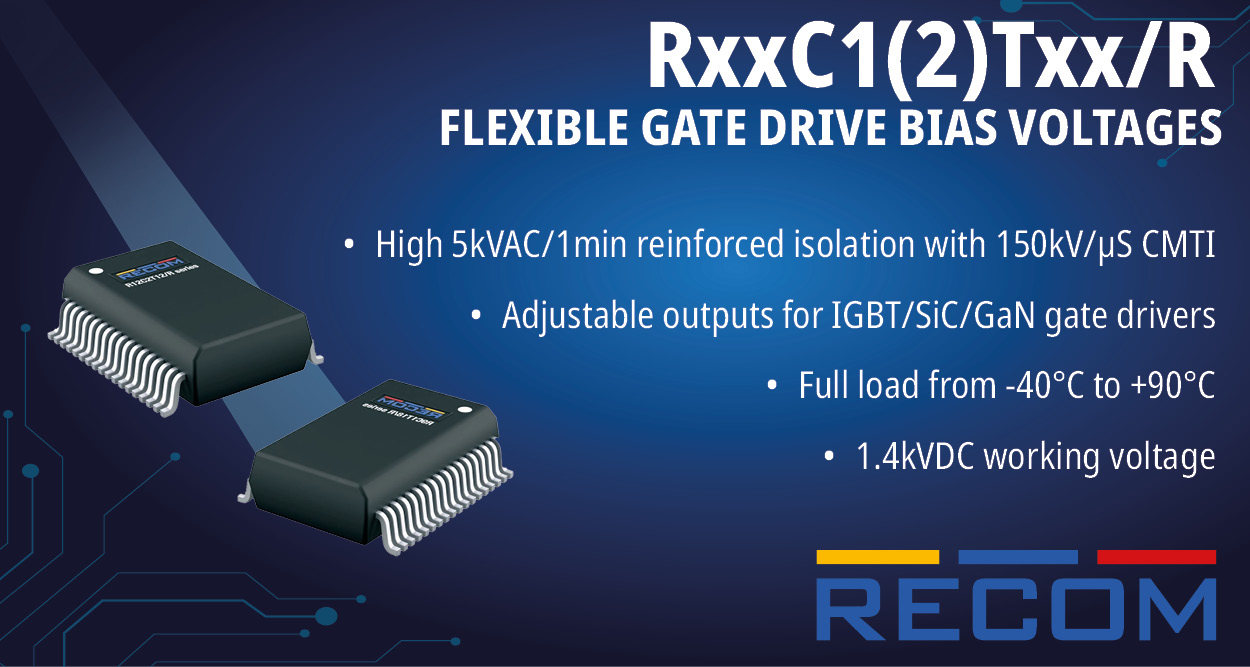The global robotic warfare market size was USD 31.66 billion in 2024 and is expected to increase from USD 33.73 billion in 2025 to approximately USD 59.60 billion by 2034, growing at a CAGR of 6.53% from 2025 to 2034. The robotic warfare market is experiencing robust growth, driven by increased defense spending, the urgency of battlefield modernization, and the drive to minimize human exposure to high-risk scenarios.
Major military powers such as the United States, China, Russia, India, and Israel are at the forefront of this expansion, directing substantial portions of their defense budgets toward the development and deployment of robotic systems for combat, surveillance, and logistics.
The 21st century has ushered in a new era of warfare—one defined not by human soldiers alone, but by machines acting on behalf of them. At the heart of this transformation lies the Robotic Warfare Market, a rapidly expanding sector reshaping military operations across the globe. From drone swarms to AI-powered ground vehicles, robotic systems are becoming indispensable assets on the battlefield. This article explores the current state, growth potential, technological trends, strategic implications, and ethical challenges of robotic warfare in a world increasingly defined by automation and artificial intelligence.
Applications and Deployment Scenarios
Robotic warfare technologies are no longer limited to prototypes—they are now fully integrated into active military operations. Unmanned Ground Vehicles (UGVs) are used for explosive ordnance disposal, supply transportation, and even engaging enemy forces in combat. Unmanned Aerial Vehicles (UAVs) are critical for reconnaissance missions, target acquisition, and precise airstrikes, enabling round-the-clock surveillance with minimal risk.
Robotic systems also serve humanitarian roles in search-and-rescue missions and post-conflict recovery, demonstrating their dual-use value. Additionally, autonomous underwater vehicles (AUVs) are gaining momentum in naval warfare for mine detection and anti-submarine missions.
Technological Trends Shaping the Market
Artificial Intelligence and Autonomous Decision-Making
At the core of robotic warfare lies the integration of AI and machine learning, enabling machines to process vast data streams, detect patterns, and make decisions with minimal human intervention. These systems are trained to recognize enemy assets, identify threats, and adjust tactics dynamically in real time.
Drone Swarms and Coordinated Robotics
One of the most disruptive innovations is the use of drone swarms—hundreds of small, autonomous drones that coordinate to carry out surveillance, jamming, or offensive missions. These swarms present significant challenges to traditional defense systems and represent a paradigm shift in aerial warfare.
Modular Platforms for Multi-Mission Use
Modern robotic systems are being designed with modularity, allowing militaries to swap out sensors, weapons, and communication modules to fit specific missions. This design philosophy enhances cost efficiency and operational flexibility.
Strategic Benefits and Military Advantages
The strategic case for robotic systems is compelling. These platforms act as force multipliers, allowing militaries to achieve superior outcomes with fewer deployed personnel. They reduce casualties by taking on high-risk tasks such as entering enemy territory, clearing mines, or conducting surveillance in hostile environments.
Robots also provide persistent coverage, operating continuously without fatigue—essential for intelligence gathering, patrolling, and cyber defense. Over time, they can reduce long-term personnel costs, including training, healthcare, and pensions.
Robotic Warfare Market Top Companies
- Autonomous Solutions, Inc. (ASI)
- Boeing
- Aero Vironment, Inc.
- BAE Systems plc
- Elbit Systems Ltd.
- Textron Inc.
- General Atomics
- Northrop Grumman Corporation
- Cobham plc
- Dassault Group
- Lockheed Martin Corporation
- Thales Group
Public-Private Partnerships in R&D
The pace of innovation in robotic warfare is accelerated through public-private partnerships, where governments collaborate with startups, universities, and defense contractors. Programs like the U.S. DARPA Robotics Challenge or India’s iDEX (Innovations for Defence Excellence) demonstrate how civil-military integration can bring cutting-edge civilian technologies into military applications.
These partnerships help reduce development cycles, diversify innovation sources, and ensure that militaries are not solely dependent on legacy defense suppliers. They also foster an ecosystem where ethical AI research, cybersecurity frameworks, and rapid prototyping co-exist under government oversight.
Ethical Concerns and AI Explainability
The integration of AI in lethal systems raises critical ethical and philosophical questions. One of the most pressing concerns is whether autonomous systems should be allowed to make life-or-death decisions without human oversight. This leads to the challenge of AI explainability—the need to understand, audit, and justify the decisions made by an AI during combat.
When an autonomous system selects a target or misidentifies a civilian as a threat, militaries and developers must be able to trace and explain the reasoning behind the machine’s action. Lack of transparency not only undermines accountability but also erodes public and international trust in these technologies. As a result, many countries are exploring frameworks to ensure AI decisions in warfare are traceable, verifiable, and auditable.
Legal and Regulatory Gaps
The rapid deployment of autonomous systems has outpaced current international humanitarian law. Existing frameworks, such as the Geneva Conventions, were not designed to address machines making autonomous combat decisions. This regulatory void raises questions about accountability: Who is responsible if a robot commits a war crime—the operator, the developer, or the military commander?
Additionally, the dual-use nature of many robotics technologies (used both in civilian and military contexts) complicates export control and arms trade treaties. There is growing pressure on international bodies to create binding treaties that address these emerging dilemmas.
International Collaboration and Treaties
In response to these challenges, various international efforts have emerged to regulate or ban autonomous lethal weapon systems (LAWS). The United Nations Convention on Certain Conventional Weapons (CCW) has hosted multiple rounds of discussions on this topic. Although no binding agreement has yet been finalized, countries like Austria and Brazil are advocating for a preemptive ban, while others, including the U.S. and Russia, favor continued development under existing legal norms.
Additionally, intergovernmental organizations and think tanks are playing a vital role in facilitating ethical AI dialogues and pushing for the development of global norms governing the use of robotic systems in warfare. These collaborations are essential to prevent an uncontrolled arms race and to ensure the humane use of autonomous technologies.
Challenges and Future Outlook
Despite its promising trajectory, the robotic warfare market faces significant technical, logistical, and societal challenges. These include interoperability with legacy systems, susceptibility to cyberattacks, limited battery endurance, and high deployment costs. Public opposition and ethical concerns may also delay or reshape the path forward.
Yet, the market continues to evolve. Future developments are expected to include space-based robotic systems, AI-enabled command centers, and even brain-machine interfaces that allow soldiers to control robotic assets via neural impulses. As these technologies mature, they will redefine the very nature of conflict, strategy, and military readiness.
Source: https://www.precedenceresearch.com/robotic-warfare-market















